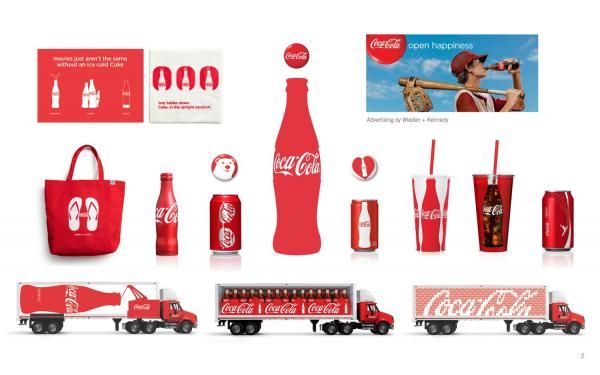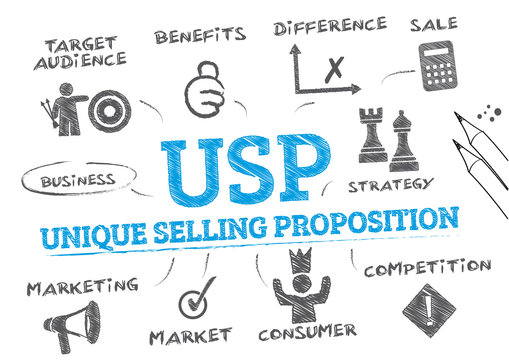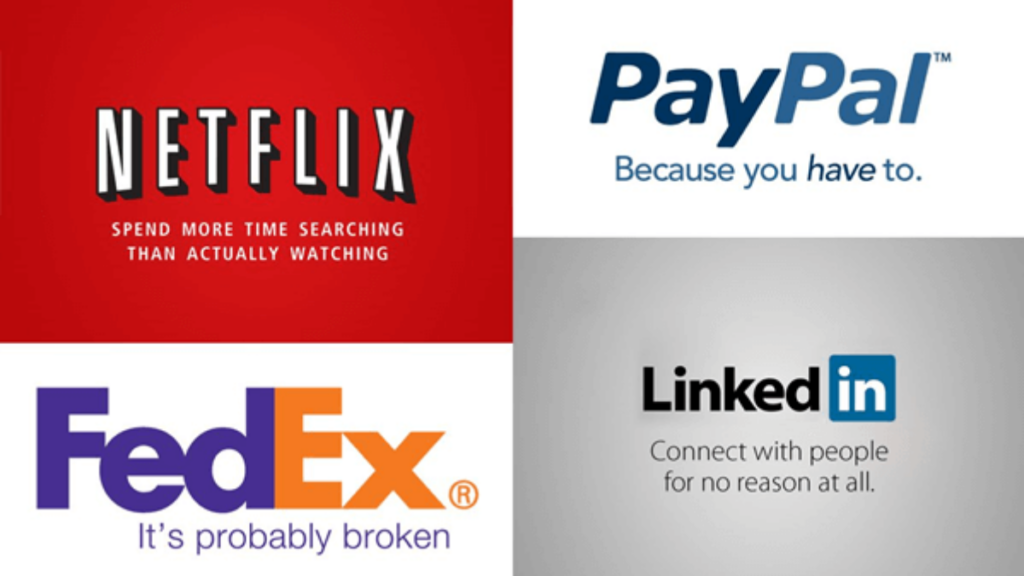
Over 70% of consumers feel connected to a brand when it shares values they can relate to through relevant content and aesthetic ways, creating a lasting impression. Your brand is more than just a logo, wordmark, or a catchy slogan; it’s the essence of your business, the story you tell, the aesthetic you convey, and the emotional connection you forge with your audience, leaving a lasting impression. In this article, we will delve into the strategic guide for brand building in 2024, offering insights and actionable steps to help you navigate the brand-building journey effectively.
Table of Contents
Understanding Brand Building
Consistent Identity
Think of brand building as storytelling. Consistency is key to ensuring that your message remains the same across all platforms, from social media to physical packaging. Think of it as keeping your story straight no matter where you tell it.
When customers see consistent branding, they recognize and remember your business more easily. This can be as simple as using the same logo and color scheme everywhere in the brand building process. For example, Coca-Cola uses its signature red and white colors consistently, making its products instantly recognizable worldwide.

Consistent messaging also plays a crucial role. Your brand voice should be reflected in every tweet, ad, or customer service interaction. A mismatch between what you say and how you act confuses customers.
Trust & Loyalty
A strong brand builds an emotional connection with customers, leading to trust and loyalty.
Customers return to brands they trust because they know what to expect — quality products or reliable services that meet their needs consistently well. Apple users often stay loyal due to their trust in the product’s performance and design consistency over years.
Loyalty programs are a direct way to reward this trust; offering points or discounts encourages repeat business while reinforcing positive feelings about your brand.
Stand Out
In today’s crowded marketplace, standing out is critical for success — this is where effective brand building shines through differentiation from competitors.
By highlighting unique selling propositions (USPs), companies distinguish themselves from others who may offer similar products or services but without the added value of yours. Maybe it’s superior customer service like Zappos’, innovative product features like Dyson’s vacuum cleaners, or ethical practices such as Patagonia’s commitment to sustainability.

Defining Brand Identity and Values
Core Values
Identifying core values is crucial. These are the heart of your brand. They should echo with your company’s mission. Think about what matters most to your business. Is it innovation, sustainability, or maybe customer satisfaction?
When these values are clear, they guide decisions and actions. For instance, if eco-friendliness is a core value, this might lead to using recyclable materials in products.
Consumer Perception
A strong brand identity shapes how people see your brand. It’s not just about a logo or slogan; it’s the feeling customers get when they think of you.
If consumers recognize that you consistently uphold specific values, trust grows. Imagine a brand known for quality craftsmanship—they’re likely to attract customers who value durability in products.

Business Goals
Aligning identity with goals ensures consistency over time. Your long-term objectives must reflect in every aspect of branding—from marketing campaigns to product design.
By doing so, you ensure that as the company evolves, the brand remains true to its essence. This alignment helps build a legacy that can endure market changes and trends.
Researching Your Target Market
Demographic Data
Understanding your target market is crucial in crafting a brand that resonates. Start by collecting demographic information. This includes age, gender, income level, and education. These details help shape the brand’s voice and aesthetic to appeal directly to potential customers.
For example, if data shows your target audience is primarily young adults in urban areas, you might adopt a modern, upbeat branding style. Conversely, an older demographic may respond better to traditional values and a more conservative approach.
Competitor Analysis
Study your competitors to identify gaps in the market or opportunities for differentiation.
Consider creating a chart of competitor brands with notes on their apparent customer base and messaging tactics. This visual comparison can highlight unique angles for your own brand positioning.
Market Insights
Go beyond basic demographics by understanding the needs and preferences of potential customers. Surveys, focus groups, and feedback forms provide direct insights into customer desires.
Use this information to refine your brand messaging so it speaks clearly to those you want to reach. Leverage search engines and social media platforms as tools for gathering informal market research as well—see what conversations are happening around products or services like yours.

Establishing Brand Voice and Personality
Voice Match
After researching your target market, it’s crucial to align your brand voice with what they expect. This means understanding not just who they are but also how they communicate. For instance, a youthful audience might resonate with a casual, upbeat tone, while professionals may prefer a more formal approach.
Your brand’s voice should reflect the core values of your business while speaking directly to the pain points and desires of your audience. If you’re targeting busy parents, for example, adopting a reassuring and helpful tone could be key in showing that you understand their challenges.

Unique Traits
To stand out in today’s crowded marketplace, infusing unique personality traits into your brand is essential. Think about what makes your business different from competitors and highlight these aspects through language and style.
A tech company might emphasize innovation by using cutting-edge terminology; whereas an eco-friendly brand could adopt an earthy tone that communicates care for the environment. These distinct qualities make brands memorable to consumers.
Consistent Tone
Consistency is king when establishing trust with customers across various marketing channels. Whether someone sees a social media post or receives an email newsletter from you, the experience should feel cohesive.
This doesn’t mean every piece of content needs to sound identical—rather that each one should set the same overall tone indicative of your brand’s character. A consistent voice reassures customers that no matter where they interact with you online or offline—they’re dealing with the same trusted entity.
By carefully crafting each message to align with this established persona, businesses can create strong connections between their values and their audience’s expectations.
Here are some steps to ensure consistency:
- Create guidelines outlining do’s and don’ts for communications.
- Train team members on these standards so everyone speaks in unison.
- Regularly review materials across platforms for uniformity in messaging.
Crafting a Compelling Brand Story and Slogan
Emotional Connection
Storytelling is key in building a successful brand. A good story creates an emotional connection with your audience. This makes your brand more than just a name or logo. It turns it into something people can relate to.
Your story should be true to what you stand for. Think about what sets you apart from the competition. Share experiences that show why you do what you do. Maybe your company started in a small garage but now helps thousands of customers.
Make sure every part of your brand reflects this story, from customer service to marketing materials.
Memorable Slogans
A slogan captures the essence of your brand in just a few words. It needs to be catchy and easy to remember. The best slogans often become as famous as the brands they represent.
When creating yours, focus on what makes your product or service special. Use simple language that sticks in people’s minds. For example, if you sell eco-friendly products, something like “Green today, here tomorrow” could work well. Keep it short and sweet so it’s easy for customers to recall when they think of your brand.

Marketing Integration
Once you have crafted your story and slogan, use them everywhere! They should appear on all marketing materials. This includes online content like websites and social media posts, as well as offline items such as business cards and packaging. By doing this consistently over time, people will start associating these elements with your brand automatically.
It’s also important that everyone who works with or for the company understands these core messages too. They are part of making sure that everything related to the brand—from how phones are answered to how problems are solved—tells the same great story about who you are and why you’re different from others out there offering similar things.
Designing Your Logo and Brand Assets
Logo Principles
Creating a logo is a crucial step in branding. It’s the symbol people will associate with your business. The best logos are simple and easy to recognize. They’re also memorable, sticking in customers’ minds after just one look.
When designing, think about what makes your brand unique. This uniqueness should show through in your logo, making it relevant to what you do or offer. For example, if you sell eco-friendly products, incorporating green colors or leaf shapes can convey this aspect of your brand identity.

Color and Typography
Choosing the right color scheme for your brand assets is essential. Colors have different meanings and can evoke various emotions. Blue often represents trustworthiness while red can signify energy or passion.
Your choice of font also matters greatly – it’s another way to express who you are as a brand. A tech company might go for a sleek, modern font while an artisan bakery might choose something more whimsical.
Remember these elements when creating items like business cards or promotional materials; they should all have a consistent look that reflects your brand identity.
Legal Protection
After investing time into designing the perfect logo, protect it legally by trademarking it — ensuring no one else can use the same design for their own business purposes.
Research trademarks thoroughly before finalizing any designs to avoid potential legal issues down the line.
Developing a Strong Brand Kit
Essential Elements
A brand kit is like your brand’s DNA. It includes everything that makes your brand unique. There are several must-haves in any good brand kit.
First, you need a logo that stands out. It should be adaptable to different backgrounds and sizes. Next, choose color palettes carefully; they evoke emotions and convey messages without words. Also important are typography choices, which include fonts for headings and body text.
Your branding also needs consistent imagery or graphics that align with your message. And don’t forget about templates for social media, presentations, and other marketing materials.
Style Guide Creation
The style guide is the rulebook of your brand’s visual identity. It ensures everyone knows how to use the elements correctly.
This guide should detail how to use logos, including space around them and what not to do with them. It will describe color usage — when and where each color should appear — as well as typography rules such as font pairing and hierarchy.
Include guidelines for photography style if relevant: this could mean certain filters or compositions that define your look on Instagram or ads.

Maintaining Integrity
Brand integrity means staying true to what your brand stands for across all platforms. This can be tricky but it’s crucial.
Any material produced should reflect the same values whether it’s a business card or a billboard ad. For digital applications, consider responsive design so assets look great on devices of all sizes. Using free tools can help maintain consistency without breaking the bank—there are many available online!
Remember: every time someone sees something from your company, it reinforces their perception of who you are as a business.
Implementing Content Marketing for Authority Building
Expertise Showcase
Use content to share industry knowledge and insights. Blog posts, webinars, and whitepapers can explain complex ideas in simple terms, positioning you as an expert.
For instance, a blog post might break down new trends in your field. A webinar could offer deep insights into a common challenge faced by your audience. These formats allow you to share knowledge and engage with readers or viewers directly.
Whitepapers provide detailed analysis on specific topics. They can position you as a thought leader when shared across platforms like LinkedIn.
SEO Strategies
Optimize your content for search engines to increase online visibility and credibility. Research keywords, optimize headlines and meta descriptions, and interlink related articles to improve search rankings.
Impact Measurement
Measuring the impact of content marketing shows how much authority it builds for your brand.
Metrics like website traffic, time spent on page, and social shares give insights into engagement levels. Increased inbound links from reputable sites indicate growing trust in your authority.
Regularly reviewing these metrics allows adjustments for better results over time.

Building a Presence on Social Media
Platform Selection
Social media is a new media powerhouse for brand building. The first step is to select the right platforms. Not all social platforms suit every brand.
Consider where your target audience spends their time. If they’re young, platforms like TikTok or Instagram might be best. For professional audiences, LinkedIn could be more appropriate. Research shows different demographics favor certain sites.
Once you’ve chosen the right platform, create content that resonates with your audience’s interests and needs. This tailored approach helps in creating an authentic impression of your brand.
Community Engagement
Engaging with followers is crucial for fostering trust and community around your brand. Respond to comments promptly and with personality; this shows there’s a real person behind the brand.
Host Q&A sessions or live streams to give followers a direct line to you—this can make them feel valued and heard. Regular engagement builds credibility over time.
Strategies include:
- Hosting giveaways or contests
- Sharing user-generated content
- Collaborating with influencers
These methods encourage followers to interact directly with your brand, strengthening their connection.
Metrics Monitoring
Monitoring metrics lets you track how well branding efforts are performing on social media over time.
Key metrics include:
- Follower growth rate
- Engagement rates (likes, comments)
- Click-through rates on posted links
By analyzing these numbers regularly, you can adjust strategies as needed for better results.
Remember: It takes consistent effort and patience to build a strong presence online.

Summary
Building your brand is like crafting a story where you’re both the author and the protagonist. You’ve mapped out the essentials: identity, values, target market, voice, story, design, and content strategy. Each element is a thread in the tapestry of your brand’s narrative, woven together to create a cohesive image that resonates with your audience. It’s about making sure every time someone encounters your brand, they’re met with a consistent experience that echoes your core message.
Now it’s time to take these threads and weave your success story. Remember, building a brand isn’t a one-off project; it’s an ongoing journey of connecting with your audience and evolving with their needs. So get out there—start conversations on social media, captivate with your content, and let your logo be the beacon that draws people in. Ready to turn that spark into a blaze? Your brand awaits your next bold move. Let’s light up the market together.
Related Article:
The following article may contain the author’s opinions and interpretations of the subject matter. Any of the products, services, or platforms mentioned is not sponsored or affiliated.
Featured Image courtesy of Shutterstock
